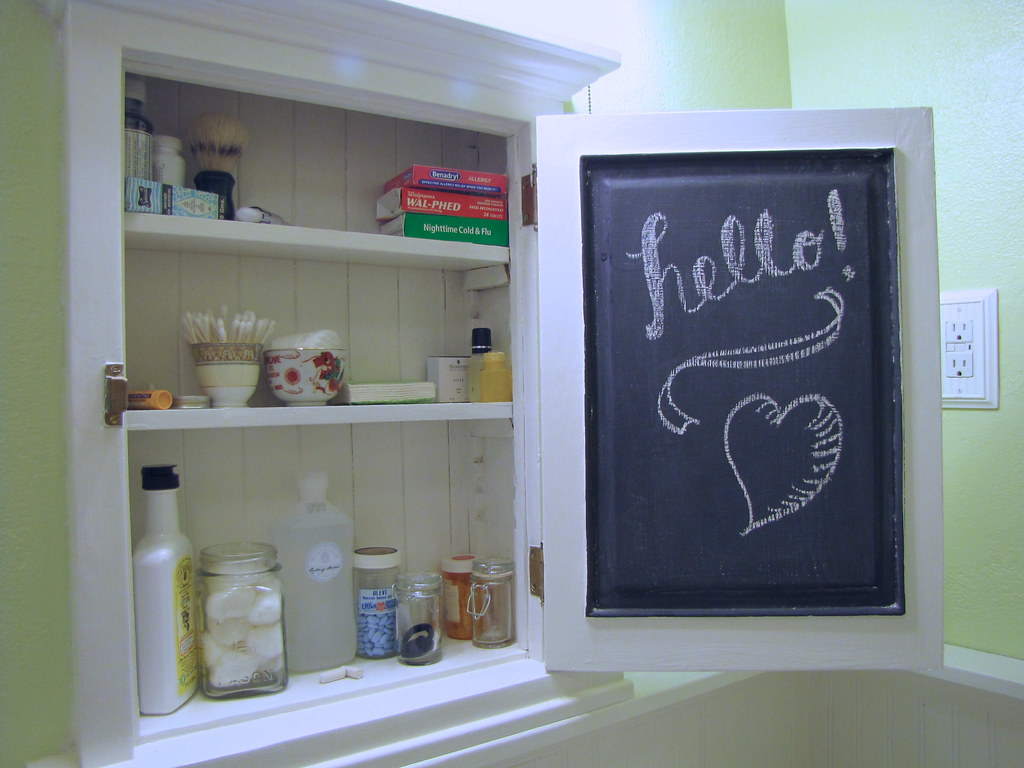
We all have to clean stuff up from time to time that isn’t easy or pleasant, right? Sometimes that includes medical related-clean ups. No, I don’t have a quick and easy way to clean up cat or kid vomit (but if you do, please share!).
I’ve learned two methods for doing other types of “medical” cleaning that many people may not realize.
Blood out of fabric with hydrogen peroxide
The first is one I learned a couple years ago and is apparently a “paramedics’ trick” for getting blood out of their clothes. I’ve tried this myself and it really does help! It’s good for getting blood (even some you may think it set in) out of anything fabric, including mattresses (although please don’t use this to cover up a crime, it doesn’t work THAT well, HA!).
All you need is regular old hydrogen peroxide, some paper or small cloth towels and perhaps a towel to place the clothing on.
If it’s clothes, I would suggest placing the item on a towel just to absorb the liquid. Then carefully (just so you don’t over pour) pour some of the hydrogen peroxide over the blood stain. It should boil and fester up just like it does (even more so) when you put it on a sore. That’s the enzymes or whatever in the blood reacting to the hydrogen peroxide. Wait until the bubbling settles down. During this time, you can place your hand slightly above the bubbling mess and actually feel it working from the warmth the reaction generates! This, by the way, is a great science thing to do with your kids so they can feel it too.
When the bubble seems to subside, wipe it gently with your wash cloth or paper towel. You should see the stain start to diminish already or at least change color.
Repeat this entire process until the the hydrogen peroxide no longer bubbles. The no bubbling thing means you’ve killed most of the enzymes (again, or whatever they are called) in the blood stain. Note, the stain probably won’t be completely gone by this point but it should be changed greatly.
At this point, you can still soak it in cold water or what I usually do is just spray the clothing item well with laundry stain remover then put it through the washing machine. When it comes out of the dryer, it should be clean! If you’re doing this on a mattress/couch, etc., use spray upholstery or carpet cleaner instead of the laundry stain remover and place a towel over it to help it dry.
Alcohol removes adhesive!
First of all, based on my subhead, don’t start making excuses to buy booze! By alcohol, I mean rubbing alcohol. I’m sure what you buy in bottles in the store is fine if you use it in small doses on a cotton swab, but what I’ve used so far has been those little medical alcohol swabs they use in medical offices. This trick is something I just learned in my recent stint in the hospital and I love it.
Dontcha hate it when you get blood drawn or have a taped bandage then forget to remove it in time and it hurts like the dickens? Yeah, me too. Or even after you get it off, it leaves that funky, dirty-looking stickiness for what seems like forever? I can help you with that.
The nurses in the hospital showed me that you can gently use alcohol swabs along the adhesive to help get rid of the stickiness, thus making it come up easier. I can’t say that the super strong stuff will still come off easy, but it will be EASIER. This makes it MUCH less painful and you don’t lose skin this way!
The same thing goes for removing the stickies from your skin after a bandage or other adhesive has been removed. Gently rub the area with the alcohol swab and it will eventually come up!

